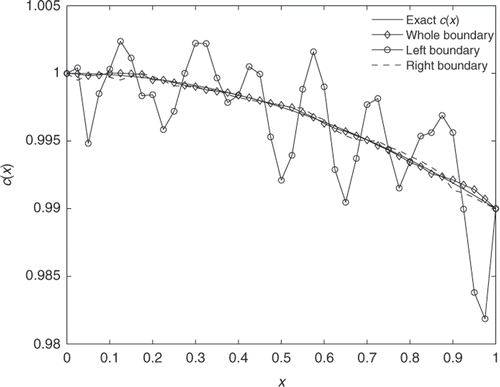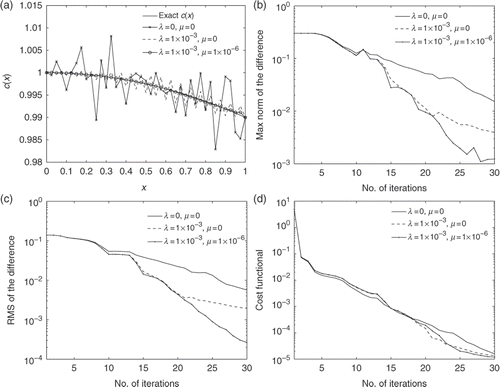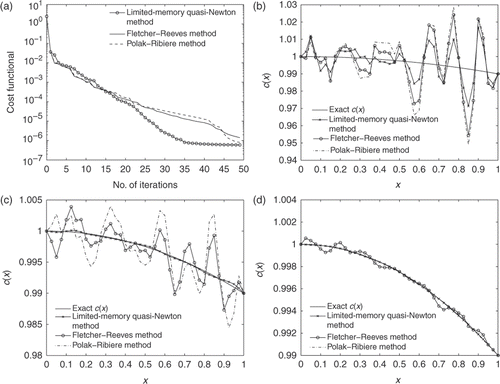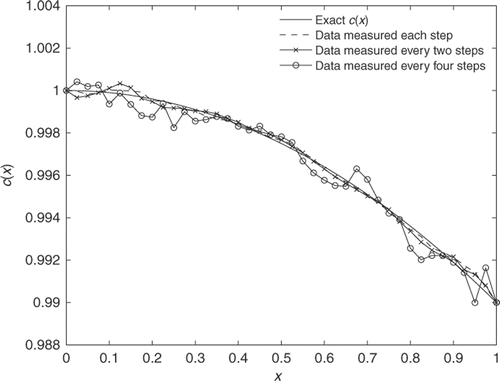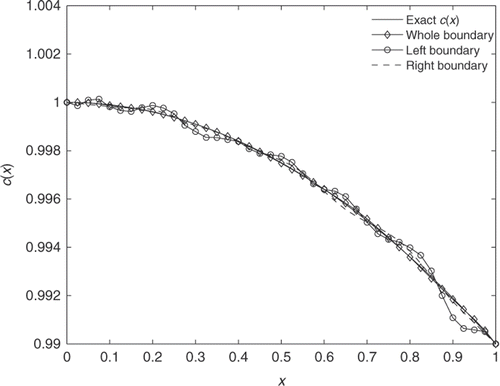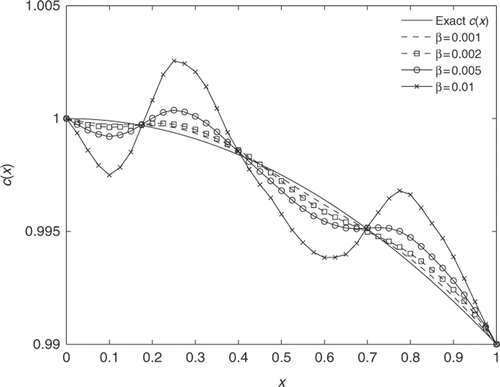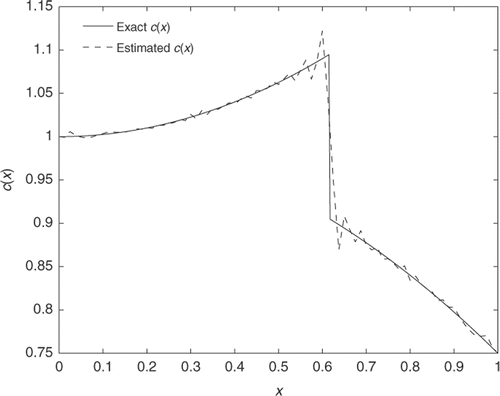Figures & data
Table 1. Maximal error ‖u − uexact‖∞ between the exact solution and the numerical solution by the second-order scheme defined in Equation (15).
Table 2. Maximal error ‖u − uexact‖∞ between the exact solution and the numerical solution by the fourth-order scheme defined in Equation (23).
Table 3. Comparison of derivatives generated by various methods.
Figure 1. Comparison of the results by the second-order and fourth-order methods for Example 2, with h = 1/40 and Δt = 1/80.
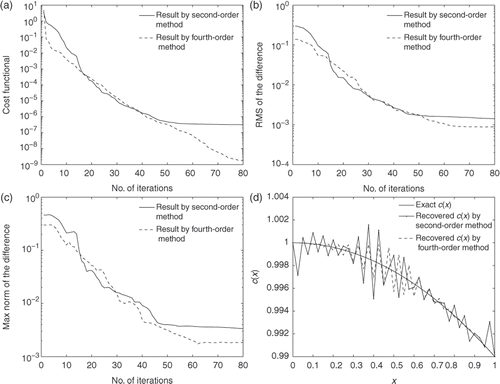
Table 4. Computational cost of various algorithms.
Figure 5. Comparison of the results by using partial and complete boundary measurements, λ = 1 × 10−3.
